
The Bible is full of unforgettable characters—but were they real? For centuries, skeptics said no. Then the ground started giving up its secrets: ancient inscriptions, royal tombs, lost cities. Each discovery pulled another name out of myth and into history. See who left their mark.
King David’s Legacy Etched In Stone
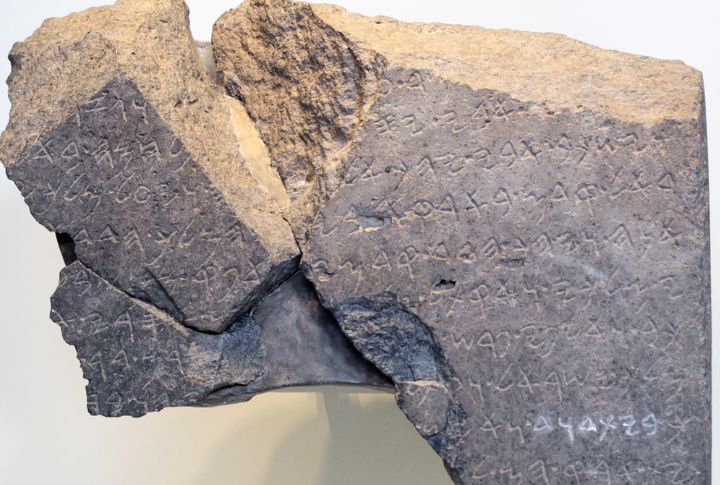
Long thought to be only a legend, King David finally got his confirmation. A 1993 discovery at Tel Dan revealed an inscription that mentions the “House of David.” It’s the earliest non-biblical reference to him. Scholars got chills. Turns out, David’s not just for Sunday school.
Pontius Pilate Had A Nameplate
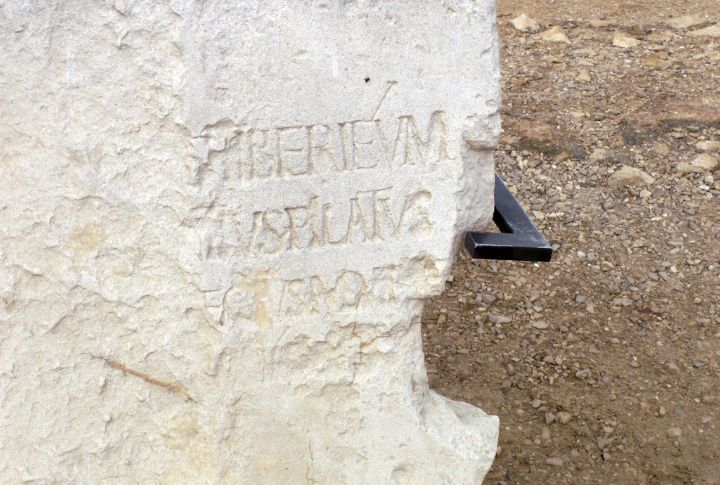
In Caesarea, archaeologists uncovered a stone slab inscribed with “Pontius Pilate, Prefect of Judea.” This inscription directly connects to the Roman official who sentenced Jesus, offering tangible proof of his historical role.
Nebuchadnezzar’s Babylon Still Stands

He built mighty Babylon, destroyed Jerusalem’s temple, and appears in Daniel’s tales. And today? You can walk the remnants of his empire. Bricks stamped with Nebuchadnezzar’s name have been unearthed across Iraq—lasting proof that he was no myth.
Balaam Spoke In Both Scroll And Stone
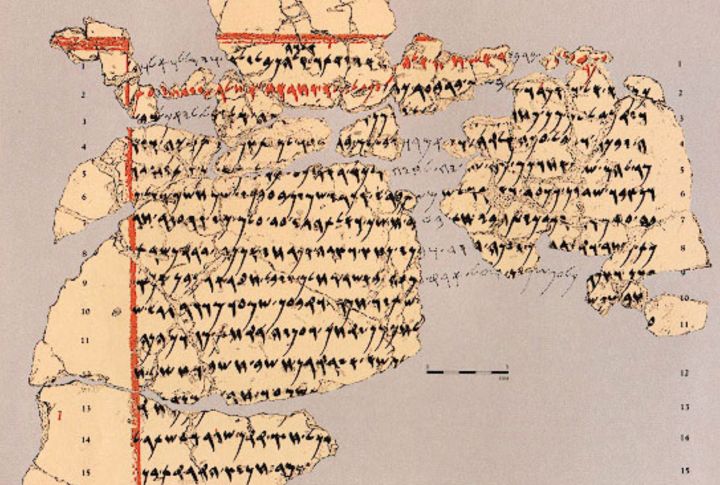
In Jordan, the Deir Alla Inscription speaks of a prophet named Balaam. His story appears in Numbers, but this version’s on plaster walls. The names align, the era fits, and the overlap feels uncanny. That kind of match forces scholars to take a second look.
Hezekiah’s Water Tunnel Was No Metaphor

Talk about crawling through an ancient king’s survival plan, Hezekiah’s tunnel runs under Jerusalem and still flows with water today. Built to protect the city from siege, this real structure appears in the Bible and on plaques. Try denying Hezekiah now—he left plumbing.
Jesus Was A Name The Romans Noticed
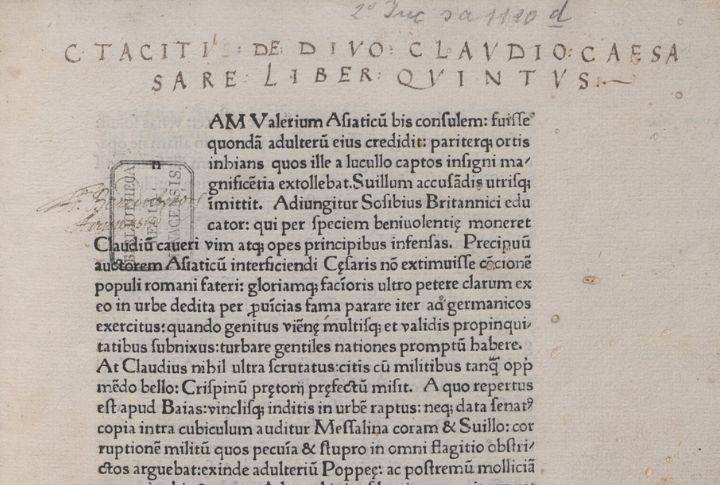
Jesus is central to the New Covenant, but Roman historian Tacitus also mentioned him. Writing in the early 2nd century, Tacitus confirmed Jesus’s execution under Pontius Pilate during the reign of Tiberius. This account aligns with Jewish historian Josephus’s mention of Jesus and his crucifixion.
Mesha’s Victory Stele Tells His Story
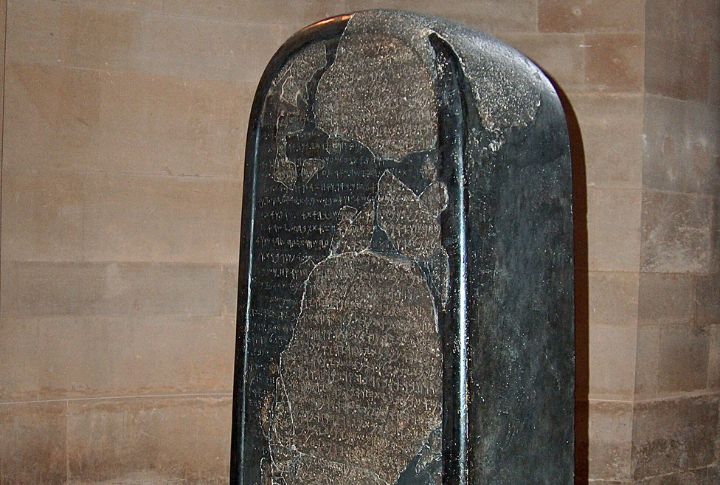
Mesha, king of Moab, made sure his wins weren’t forgotten. The Mesha Stele proudly records how he rebelled against Israel and credited his god Chemosh for the success. Between battles, the stele offers historians rare insights into ancient warfare, religion, and political propaganda from a non-Israelite perspective.
Caiaphas’s Name Found In A Tomb
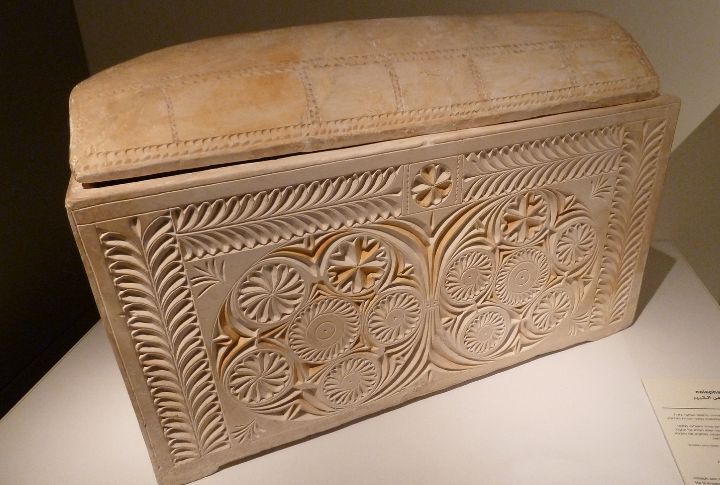
An elaborate limestone box discovered in Jerusalem bore the name “Joseph son of Caiaphas.” Ornate and first-century dated, many believe it held the remains of the high priest who condemned Jesus. The discovery is chilling in its implications and unmistakably rooted in history.
Jehoiachin’s Rations Showed Up In Babylon

A Babylonian tablet records rations given to “Jehoiachin, King of Judah.” Taken captive after Jerusalem’s fall, Jehoiachin wasn’t forgotten in exile. He received regular supplies of oil and grain from the palace stores—a small but powerful detail confirming the Bible’s account.
Herod The Great’s Palaces Were Real Estate Royalty

Archaeologists uncovered ruins of Herod’s palaces in Masada, Herodium, and Jericho. These were extraordinary homes, featuring spa-level pools and sweeping views. Despite his controversial actions, Herod’s architecture highlights not only his power but also his extravagant lifestyle and love for luxury.
Sargon II Stepped Out Of Obscurity
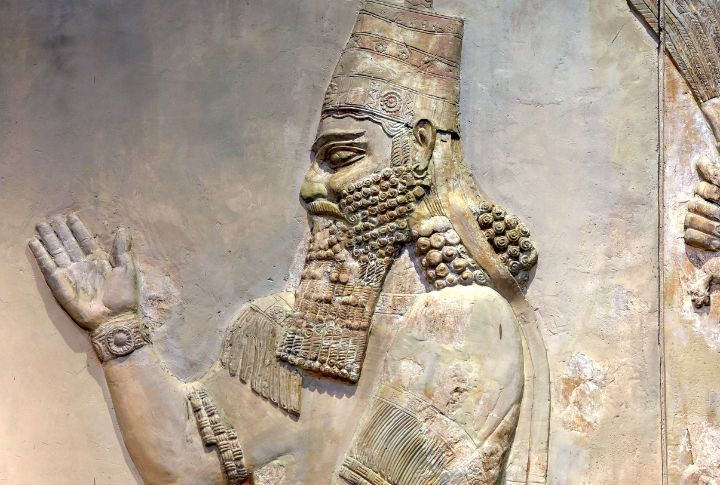
For a while, historians thought Isaiah made up Sargon II. Then, an entire palace uncovered in Khorsabad proved Sargon was real and regal. He ruled Assyria just like the prophet said. Today, Sargon II’s name appears on official records, walls, and artifacts across ancient Assyria.
Cyrus The Great Got Credit In Clay
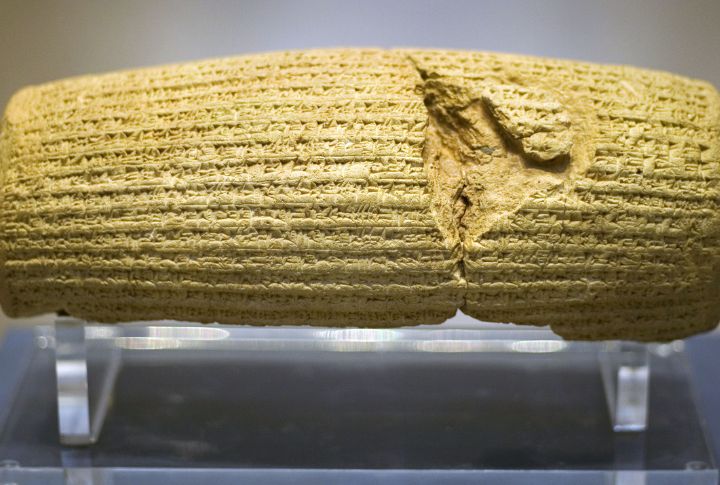
The Cyrus Cylinder praises the Persian king for allowing exiled people to return to their homeland. Sound familiar? The Bible says Cyrus freed the Israelites. This artifact, held in the British Museum, cements his policy of restoration and closely mirrors the strategy described in Scripture.
Jehu Bowed To Assyria
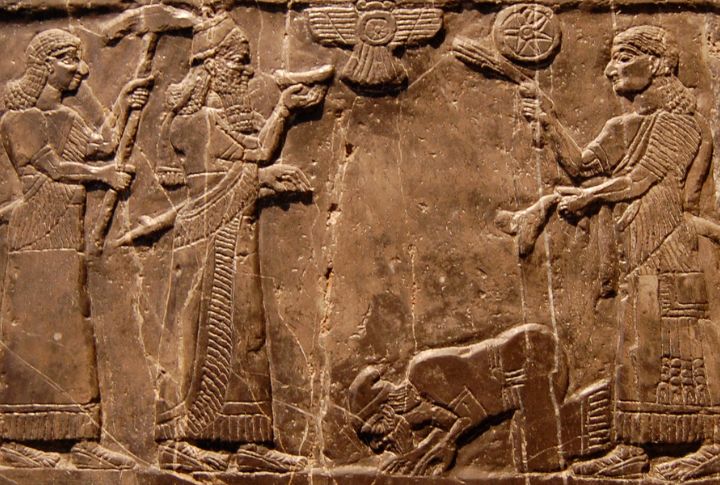
On the Black Obelisk, Jehu shows up bowing low to an Assyrian king. It is one of the few ancient images of an Israelite ruler. Known for brutally overthrowing the Omride dynasty, Jehu wasn’t exactly subtle, and the artifact locks his dramatic moment into history.
Tiglath-Pileser III Was Not Just A Tongue Twister

Try saying that name three times fast. But more importantly, this powerful Assyrian king appears in both Scripture and cuneiform records. Archaeologists found mentions of him conquering Israel. His empire spread far and his story aligns neatly with biblical timelines.
Pharaoh Shishak Left A Royal Receipt
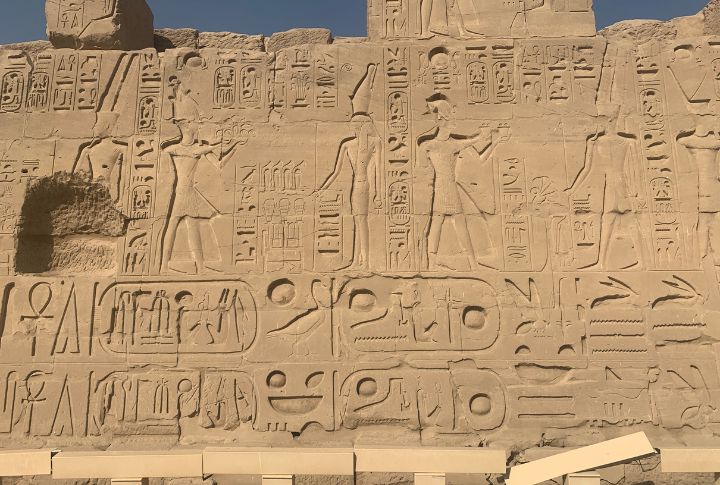
After King Solomon passed, Pharaoh Shishak invaded Jerusalem during King Rehoboam’s reign. Egypt’s Karnak Temple walls record his campaign through Israelite cities. The Bible and stone walls tell the same tale. And yes, historians love receipts carved in granite.
Sanballat’s Name Surfaced On Papyrus
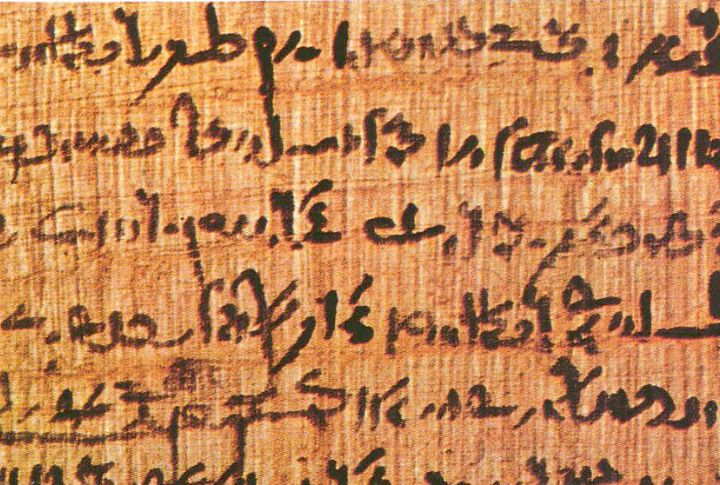
The Book of Nehemiah describes Sanballat as an enemy of Jerusalem’s reconstruction. Then, in Egypt, archaeologists found a papyrus mentioning “Sanballat the governor.” It turns out that he wasn’t just a biblical villain; he played a real role in ancient politics.
King Omri Got Mentioned In Stone Annals

Omri, the father of Ahab, is referenced in the Mesha Stele from Moab. This stone monument brags about defeating “Omri’s son.” It’s a grudge carved in stone, but it confirms the Bible’s mention of this Northern Kingdom ruler.
Solomon’s Kingdom Left Traces In Stone

Some doubted Solomon’s grandeur, but archaeological digs say otherwise. Monumental gates and stables from the 10th century BCE, matching biblical descriptions, were unearthed in places like Megiddo and Hazor. While his wealth is still debated, the surge of major construction projects during his era left a lasting mark.
Baruch’s Seal Bears His Identity
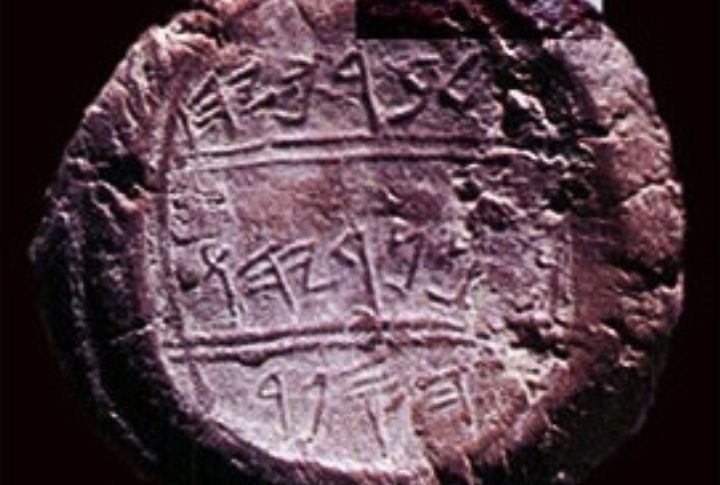
Jeremiah’s scribe, Baruch, once wrote warnings nobody wanted to hear. Today, a clay seal impression bearing his name and title is housed in a collection in Jerusalem. This seal provides rare archaeological evidence that directly links a biblical figure to authentic artifacts.
Shebna’s Tomb Matches Isaiah’s Judgment
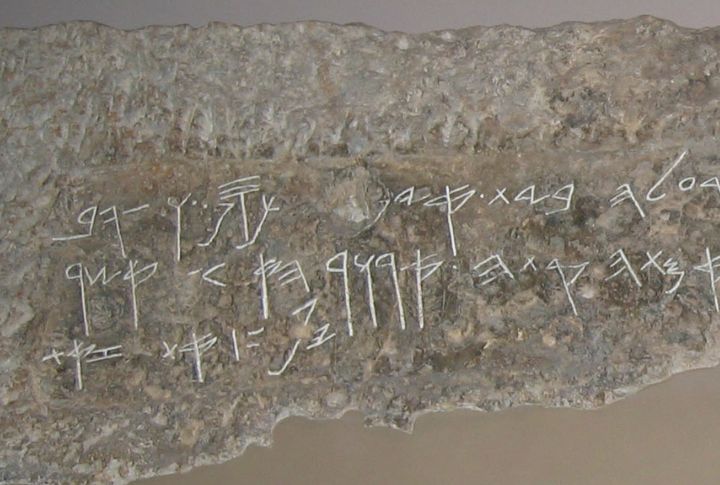
Isaiah criticized Shebna, a royal steward, for building a lavish tomb. In Silwan near Jerusalem, archaeologists uncovered a 7th-century BCE tomb inscribed with the title “steward over the house.” Though the name is missing, many scholars link it to the official who Isaiah condemned.

